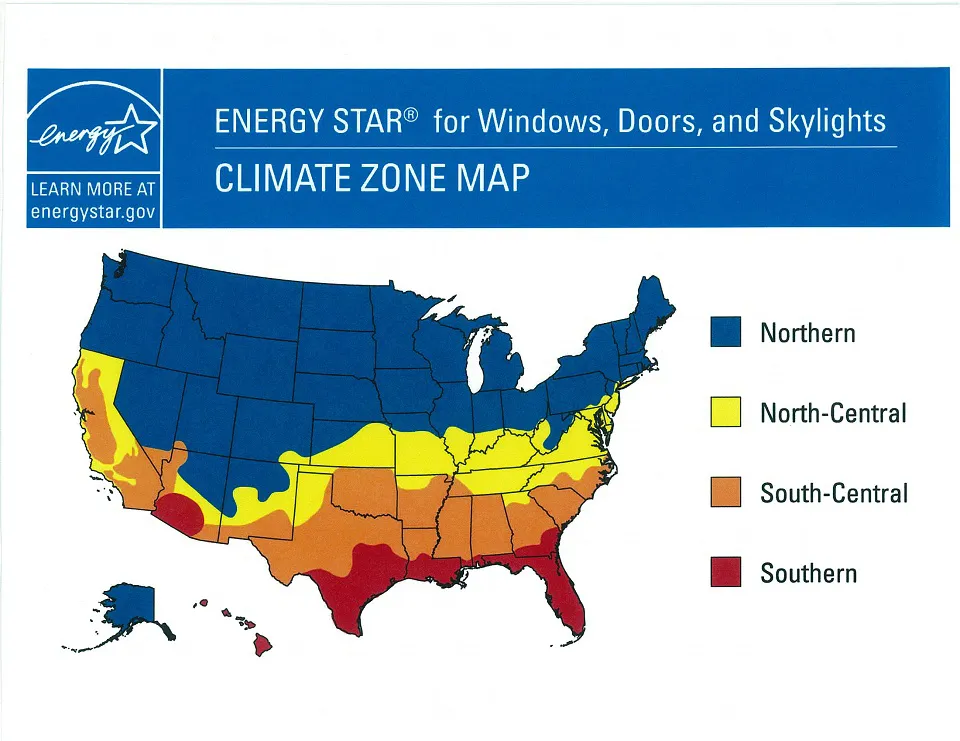
Personal taste and the style of your home determine the style of your windows, but it’s placement and your choice of frames and glass that affect their energy performance. Here’s how.
Well-placed windows frame your best views, bring healthy, natural light into your living spaces, and reduce the amount of heating and air conditioning you need.
If your best views are to the south, you’re fortunate. South-facing windows are the best for collecting free solar heat in the winter. Passive solar home design takes advantage of that by placing about 50% of your windows in south-facing walls. If your best views face some other direction, we’ll use a combination of coated, tinted glass and protective overhangs to frame them, keep your indoor temperatures comfortable, and conserve energy.
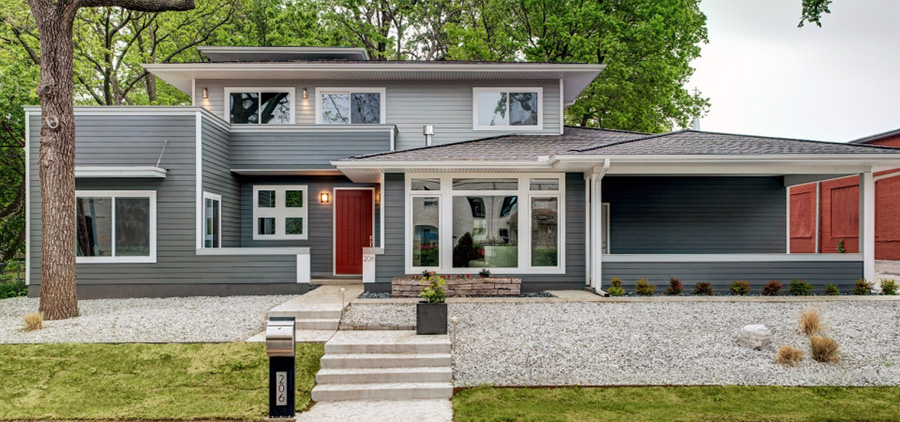
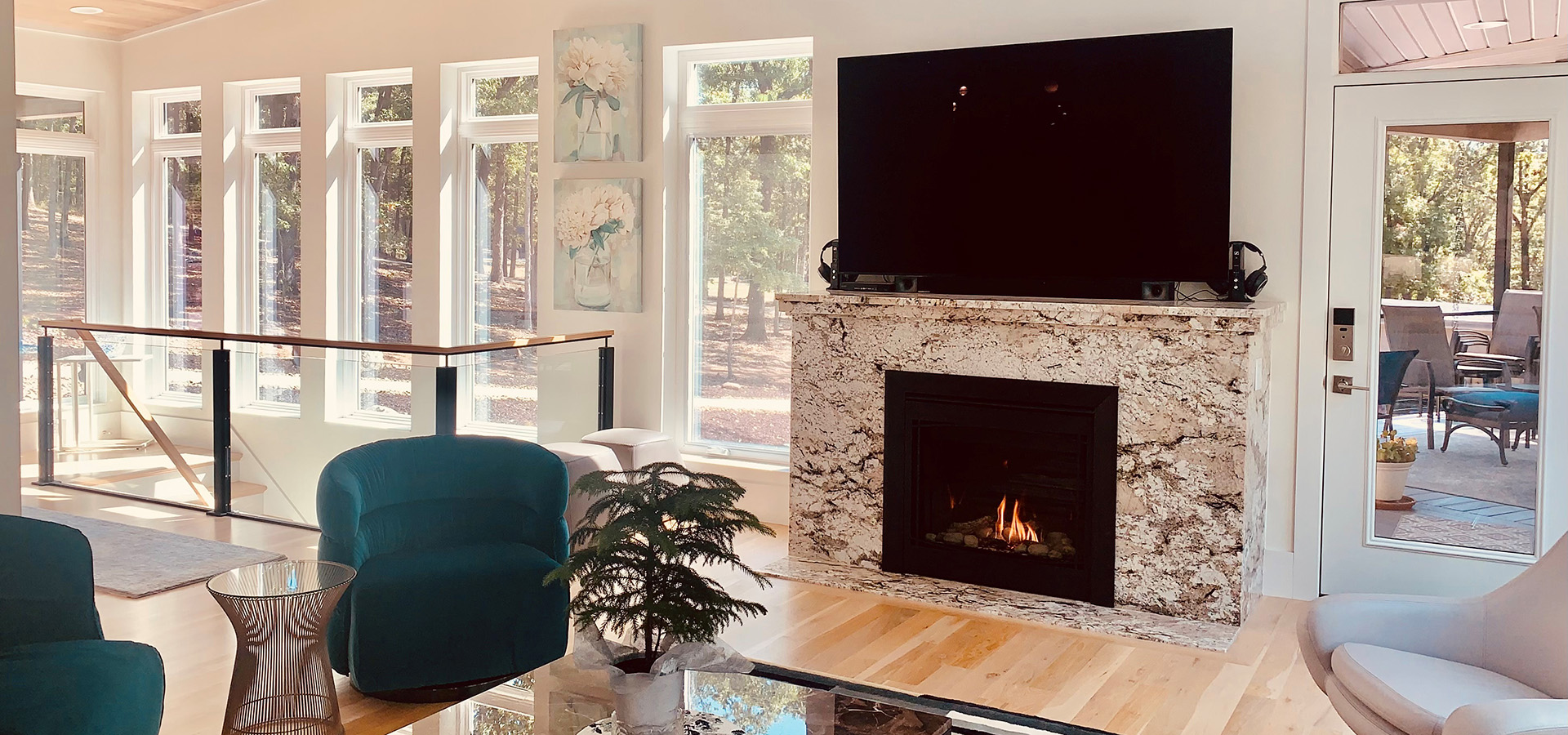
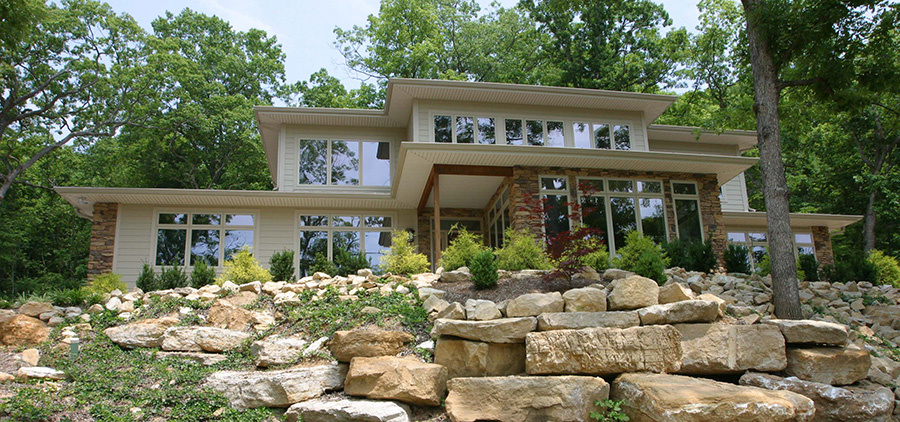
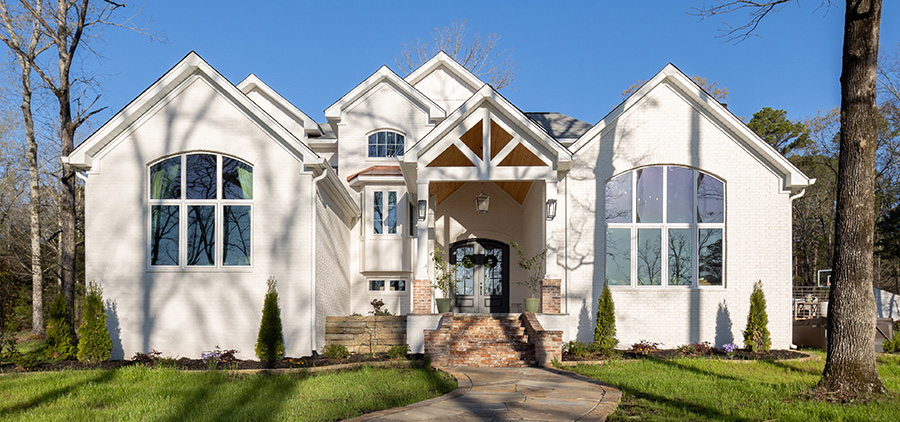
Frame options for energy-efficient windows include insulated vinyl, wood, wood-clad and fiberglass. We recommend Energy Star certified insulated vinyl frames because they’re strong, durable and require minimal maintenance. They don’t require painting or staining, and come in a variety of colors and designer shapes. They’re highly efficient and also recyclable. If you prefer the traditional look of wood or the low thermal expansion of fiberglass, we have energy saving options for both.
If you want to curl up in a chair and be warmed by the sun in the winter, choose windows with double-paned glass, Low E coatings and Argon gas filling. This combination of features lets in short-wave heat and then helps keep it inside.
Look for two numbers when choosing energy efficient windows: the U-factor and the solar heat gain coefficient (SHGC). The U-factor indicates the rate at which heat travels through glass. SHGC refers to the amount of heat that travels through glass. The lower the U-factor, the slower the rate of heat flow; the lower the SHGC, the less heat comes through. So, windows for northerly climates should have a low U-factor and relatively high SHGC while windows for southerly climates should have just the opposite.
Be sure your windows are Energy Star certified, positioned well and installed properly, and they’ll contribute to a beautiful and efficient energy envelope.
| North | North-Central | South | South-Central | |
| U-Factor | 0.30 or less | 0.32 or less | 0.60 or less | 0.35 or less |
| SHGC | 0.40 or less | 0.40 or less | 0.27 or less | 0.30 or less |
Locate your zone on Energy Star’s® Climate Zone Map.
